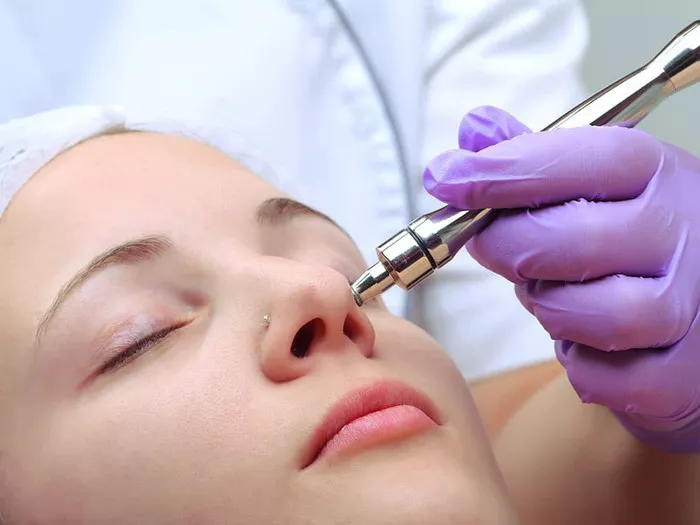Dermaplaning has gained popularity as a non-invasive cosmetic procedure designed to exfoliate the skin’s outermost layer and remove fine facial hair. This treatment, which involves using a sterile surgical scalpel to gently scrape the skin’s surface, aims to achieve a smoother, more radiant complexion. As individuals seek to understand the benefits and maintenance of dermaplaning, a common question arises: How long does it take for the hair to grow back after dermaplaning? In this article, we will delve into the intricacies of dermaplaning, the effects on facial hair, the hair regrowth process, and factors that influence the timing of hair regrowth.
Understanding Dermaplaning
Dermaplaning, also known as dermablading or epidermal leveling, is a cosmetic procedure performed by licensed professionals, such as aestheticians or dermatologists. During the treatment, a surgical scalpel is used to gently exfoliate the skin’s surface by removing dead skin cells, debris, and fine vellus hair, often referred to as “peach fuzz.” The process reveals smoother skin, improves product penetration, and leaves the complexion looking more luminous.
Effects on Facial Hair
One of the notable effects of dermaplaning is the removal of fine facial hair. Vellus hair, which is soft, light, and barely noticeable, is removed during the procedure. Unlike terminal hair, which is thicker and darker and found on the scalp and eyebrows, vellus hair is less likely to regrow with the same thickness or texture.
Hair Regrowth Timeline
The timeline for hair regrowth after dermaplaning varies based on individual factors, including genetics, hormone levels, and the area treated. In general, most individuals can expect hair regrowth within a few weeks following the procedure. However, the regrowth may appear finer and softer compared to the hair that was originally removed.
Factors Affecting Hair Regrowth
Genetics: Genetic factors play a significant role in the rate and texture of hair regrowth. Some individuals naturally have finer and slower-growing facial hair, while others may experience quicker regrowth.
Hormones: Hormonal changes can influence hair growth patterns. Hormonal fluctuations, such as those experienced during pregnancy or menopause, may affect the rate and thickness of hair regrowth.
Area Treated: Different areas of the face may have varying rates of hair regrowth. For example, hair on the cheeks and jawline may regrow at a different pace than hair on the upper lip.
Treatment Frequency: The frequency of dermaplaning sessions can impact the appearance of hair regrowth. Regular dermaplaning treatments might result in a continuous cycle of fine regrowth.
Post-Treatment Care: Following proper post-treatment care, such as avoiding harsh exfoliation and protecting the skin from sun exposure, can influence the texture and appearance of regrown hair.
Maintaining Results
To maintain the results of dermaplaning and manage hair regrowth, individuals can consider the following tips:
Regular Maintenance: Depending on your preference and hair regrowth rate, you may choose to undergo dermaplaning sessions every 4 to 6 weeks to maintain smoother skin.
Avoid DIY Approaches: While some individuals attempt DIY dermaplaning at home, it’s recommended to seek professional treatment to ensure safety and optimal results.
Skincare Routine: Adopt a gentle skincare routine that includes proper cleansing, moisturizing, and sun protection to support skin health between dermaplaning sessions.
Consult a Professional: If you have concerns about hair regrowth or the timing of your next dermaplaning session, consult with a licensed aesthetician or dermatologist for personalized guidance.
Conclusion
Dermaplaning offers a range of benefits, from exfoliating the skin to removing fine facial hair. While the timeline for hair regrowth after dermaplaning varies based on factors such as genetics, hormonal fluctuations, and the area treated, most individuals can expect finer, softer regrowth within a few weeks. Regular maintenance sessions and proper skincare can help individuals manage the appearance of regrown hair and maintain the desired results of dermaplaning. Consulting with a qualified skincare professional is recommended to develop a personalized plan for dermaplaning and to address any questions or concerns regarding hair regrowth.


